HSP HISTORY Blog |
Interesting Frederick, Maryland tidbits and musings .
|
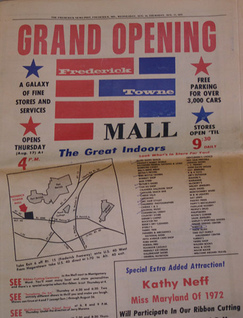 Newspaper announcement of the mall's grand opening. (Note how it exclaims: "A Galaxy of Fine Stores and Services.") Newspaper announcement of the mall's grand opening. (Note how it exclaims: "A Galaxy of Fine Stores and Services.") I certainly smiled the other day when I saw the Frederick News-Post article announcing the recent groundbreaking for the Frederick Towne Center project (aka the Frederick Towne Mall “Facelift”). I am truly excited to see the results of this new chapter in the history of this iconic Frederick landmark. I suddenly began to reminisce about fond times had in my youth with my late father and two younger brothers. This was the magical, weekly trip to the mall on Saturday afternoons. And not just any mall, but the Frederick Towne Mall complete with with the old school spelling of “towne,” or should I say “olde school?” The Frederick Towne Mall opened amidst great anticipation and fanfare in late summer of 1972. It was located amidst former sleepy farmland west of Frederick on West Patrick Street/ US40 West. This route would soon see rapid commercial development and soon earn the moniker of “the Golden Mile,” thanks to Millard "Mick" Mastrino, a Maryland State Police trooper who would eventually retire a sergeant with the Maryland State Police and president emeritus of United Steam-Fire Engine Co. The original owner and developer of this “Shopping Taj Mahal” was the Shopco Company of New York City (owned by Harold Yasky and Arnold Praver). It would eventually be sold years later to DeBartolo Development, under Edward J. DeBartolo of Youngstown, Ohio. Now the name may be familiar to 80’s fans because Edward J. DeBartolo bought a professional football franchise in 1977 as a gift for his son Edward J. DeBartolo, Jr. This was the San Francisco 49ers, winners of multiple NFL Super Bowl titles during the decade. 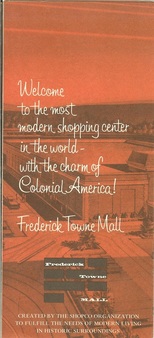 The 580,000 square foot structure included 73 stores in its heyday. It was anchored by major department stores: JC Penney’s to the west, and Montgomery Wards to the east. In the middle, was Eyerlys (later known by its full name of Bon-Ton Eyerlys). About 20 years ago, I found an original brochure from the Mall’s inaugural. It hadn’t traveled far since it was in a stack of local paper ephemera at the Wonder Book Store, located directly across the street from the once regal mall. The brochure proudly boasted that the Frederick Towne Mall was “…the most modern shopping center in the world—with the charm of Colonial America!” This was a pretty bold statement, but one that likely held truth since I didn’t remember anything quite like it when my parents dragged us down to Williamsburg during the 1976 Revolutionary War Bicentennial period. What did catch me off guard when perusing this brochure closer was the artist depiction of an indoor skating rink in front of J.C. Penney. I remember the open space, but never any ice or skaters. The true selling point of this Colonial themed consumer hub was free, easy-access parking that could accommodate 3,500 cars. At this time, a burgeoning Downtown Frederick sans parking garages was not convenient to shoppers who had to scramble for parking spaces, and feed meters. Now we may have no problem doing this today with a lunch or shopping jaunt in Downtown Frederick today (even with many parking decks at our disposal), but imagine having to find, and pay for, parking every time you have to go to any of the many box stores and “box restaurants” we have today? You can see the allure. It’s no wonder the heavily marketed catch slogan of this place would become “The Frederick Towne Mall…The talk of the town!” As I have dabbled in product development and marketing myself, I personally don’t think the message was as powerful and poignant as that of the later, greater Francis Scott Key Mall (aka “The New Mall”) which would one day proclaim “The Francis Scott Key Mall: We’ve got shopability!” But the Frederick Towne Mall was our first indoor shopping center, the original, the trendsetter, and possessed so much more charm and personality than FSK….at least in as much as a shopping center could do. 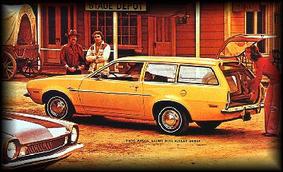 The “Old Mall” was a big player in the onetime death of downtown Frederick. The story was the same in many other places. The suburbs were booming both commercially and residentially. My family was part of it when we moved to the Indian Springs area northwest of Frederick City in spring 1974. Clover Hill 1 and West Hills were newfound oases, far from town, existing almost like the early Las Vegas of the 1931 when Nevada legalized gambling. There was no Old Farm, or Whittier developments— just wide open farm land. Our house off Stonehouse Road, at the foot of the mountain, was among the first of a beautiful little neighborhood to grow up in. Traffic free streets to ride bikes, and acre sized lots that gave good separation between next door neighbors, while allowing you to build backyard sports complexes if you chose. One of the nicest perks of our home location was that it offered a virtual backroads shortcut to the Frederick Towne Mall. Mapquest wasn’t on anyone’s radar back then, but one could get from Point A (our home) to Point B (the mall) by using a route that included Rocky Springs Road, Kemp Lane, (a quick 50 yards on) Shookstown Road and Waverly Drive. That was it, and we didn’t even have to get on the Golden Mile! Best of all, it only took about 8 minutes by use of our trusty, 1972, bright orange Ford Pinto station wagon. Every Saturday, my father would take me and my brothers Tim and Jon to the mall. The rationale was twofold as my Dad had to run errands yes, but this was also a chance to give my poor mother a respite from the constant fighting or heated sport/game competitions involving boys. The trip would always start with a lunch stop. The Minute Grill (which would evolve later into the Casa Rico restaurant) was my Dad’s favorite and it can best be described as a poor man’s Ponderosa Steak House. As a matter of fact, it had been a Ponderosa before. Oh, the magic of the times, one in which the western motif idealized in television shows of the 50’s and 60’s had now carried over into eating establishments like Arby’s and the Rustler. The sole survivor of this craze remains today and is one of Frederick’s own (literally and figuratively) Roy Rogers restaurant. And my Dad had us there at the grand opening when Roy Rogers and Dale Evans were on hand to open Frederick’s first of the fabled franchise on the Golden Mile, conveniently located directly across from the mall. As for the Minute Grill, it was always hamburgers and fries for us. However, the beverage portion of the meal was memorable as this was the important period in American history of the advent of the “all you can drink,” free refills. Something we would learn to regret week after week as we suffered from soda-induced stomach aches.  Frederick native and news reporter Virginia Cha (courtesy KGTV ABC10) Frederick native and news reporter Virginia Cha (courtesy KGTV ABC10) After lunch, we were soon heading across the parking lot to the mall. We were greeted by the delightful smells wafting from Pappy’s Pizza upon our official entry on the mall’s south west side. No offense to “the west end,” but the “meat and potatoes” end of the mall was on the east end, but not the far east side. And when I say “far east side,” I’m not talking about the east wing extension which included two Asian-American owned businesses: “Your Custom Tailor” and the “Real-Rich Ice Cream” establishment. The latter was owned by the Korean Cha family of town. A daughter, Virginia Cha, a Gov. Thomas Johnson High School grad is one of the most beautiful and talented women to grace the mall (and our fair county). She would hold the title of Miss Frederick, Miss Maryland and was runner up for the title of Miss America in 1990! The Princeton graduate has had quite a successful career as a news reporter and correspondent with stints throughout the country including CNN and HLN. Currently she is with KGTV ABC10 in San Diego. 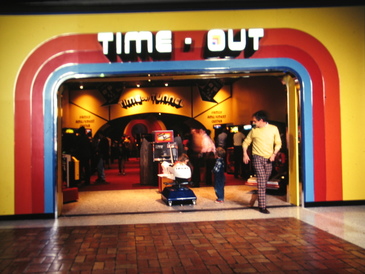 The eastern end of the mall had our three favorite venues. For me, it was Waxie Maxies record store. Tim eagerly longed for the Time Out Arcade. My youngest brother spent an inordinate amount of time in Walden Book Store, but not by choice. This was my father’s favorite store, and since Jon was the runt, he had to accompany Dad as Tim and I got to do our own thing in our respective stores. This gave us our first real sense of freedom, as our dad left us unsupervised, and it didn’t hurt that all three establishments were next to each other in succession. I would spend hard-earned allowance money (garnered from cleaning our house) on records, particularly 45 rpm records. I spent a lot of time and money in that store, eventually collecting over 1000 45’s and hundreds of 33rpm vinyl albums—more relics from the past. Meanwhile, Tim was spending just as much, however he was doing so one quarter at a time. He was caught up in the Pac Man craze of 1980, followed by the darker Donkey Kong period of Arcadia. I didn’t get crazy over video arcade games, because I preferred sports games. Back then, these were pretty clunky and some featured running in the form of spinning a stationary duckpin bowling ball, which lived in a recessed cavity in the arcade game's tabletop framework. I was much more satisfied kicking my brother's butt at home in football and baseball as our family was one of the first to acquire the coveted Mattel Intellivision, the “best in show” of the gaming world in the early 80’s. 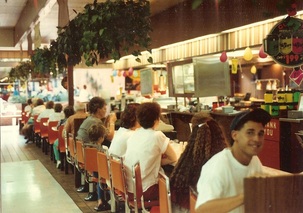 The McCrory's Lunch Counter and Cafe The McCrory's Lunch Counter and Cafe Any quarters I had in my pocket weren’t wasted on video games, They would be “wasted” on miniature NFL plastic football helmets hailing from a lone coin vending machine attributed to McCrory’s—the Darwin missing link to the Wal-Mart of today. It was also home to one of the most impressive mall snack bars in the nation. It was an amazing place where commerce and coleslaw collided for a down-home store-cooked meal. Can young people today even comprehend an eatery amidst a 5&10/drug store? For being patient in the bookstore, my youngest brother earned us a trip to KayBee toys, even if it was only a chance to simply window shop and play with toys within the confines of the store. KayBee was across from McCrory’s and next to another fine eatery, Friendly’s. Sometimes we’d get to eat at these establishments instead of the Minute Grill. Friendly’s was known for its colorful, sherbet inspired Fribble, while McCrorys had the best hot dogs, served on a grilled roll. And this was the same grilled roll that could be had at Friendly’s if you were in a seafarin’ mood, desiring the almighty Clamwich. Now that was fried goodness with an overwhelming “tang of the sea.” But why stop there, because true aficionados could make the trek to Long John Silvers, the only one of its kind in Frederick, for a bounty of fish planks and hush puppies. 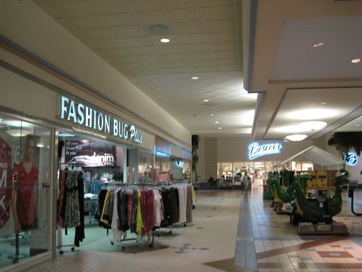 The Center Court festival area featured mainstays like Radio Shack and the Earring Tree. Shipleys Sporting Goods was nearby and always captured our imagination. Moving in a westerly fashion from this locale was basically “Yawnsville” for our pack of young boys, save for the occasional chuckle when passing JoAnn’s Nut House, which would usually bring on a brief chastising by our father to mind our manners. The Hallmark Store, Hanover Shoes and Melart Jewelers elicited zero reaction. We couldn’t quite figure out what role Fashion Bug Plus would ever play in our lives either. There were other girls’ clothes and shoe stores too, all of which barely register any name recognition to me. JC Penneys stood proudly at the west end, and it was big fun to ride the escalators to the second floor. The tradeoff, of course, was having to suffer through our father perusing the latest offerings from the Kenny Rogers Collection, but that was a “gamble” that was well worth it because the upstairs had electronic gadgets, and was a showroom for us to bug our dad for upcoming Christmas presents. As we departed the mall’s biosphere by that southwest entrance and made our way back to the car, my brothers and I experienced that sad feeling that usually accompanies the end of a great vacation, holiday season or visit with long-distance relatives. This had been the high point of our respective week. Even harder to bear was the fact that we had to suffer through another six days until our triumphant return. Or maybe it was because we had the knowledge that we weren’t heading home just yet. We had to go to the grocery store for the weekly family shopping spree. And nothing for us was more unbearable, tedious and boring than going to the grocery store, something I still despise to this day. The Frederick Towne Mall was an important part of my childhood, and I look back fondly at the male bonding experience had with my father and brothers during those days. “The Old Mall” was definitely something more than a close-quartered haven of trade and commerce, or a joyful recreational shopping experience and endless buffet of fried seafood— It was a childhood friend. Thank you Frederick Towne Mall for the memories...you were certainly “The talk of the town!” back in your day. History Shark Productions presents:
Chris Haugh's "Frederick History 101" Are you interested in Frederick history? Want to learn more from this award-winning author and documentarian? Check out his latest, in-person, course offering: Chris Haugh's "Frederick History 101," with a 4-part/week course on Tuesday evenings in late August/early September, 2023 (Aug. 22, 29 & Sept 5, 12). These will take place from 6-8:30pm at Mount Olivet Cemetery's Key Chapel. Cost is $79 (includes 4 classes). In addition to the lecture class above, two unique "Frederick History 101 Walking Tour-Classes" in Mount Olivet Cemetery will be led by Chris in August focusing on interesting local, historical figures of the 1900s. These are available for different dates ( Aug. 8th and Aug 23rd) Cost $20. For more info and course registration, click the button below!
69 Comments
Last week’s blog centered on the Culler Lake renovations, and how the water feature within Baker Park came into being. This week, I want to review some earlier Frederick parks, with emphasis on those located in the western and northwestern reaches of Frederick City. I also want to call out a “predecessor” and inspiration for Culler Lake, just a few short blocks to the north. Schley Park This oft overlooked gem was established in 1913 as part of the College Park residential development, originally built by the Swastika Realty Company. The area encompassed rolling farmland west of Rockwell Terrace, south of the newly opened Hood College. The small oasis featured a contest to pick its final name. One of two choices included Scott Key Park, of course named for Frederick’s favorite son, Francis Scott Key (he of Star-Spangled Banner fame). The other choice was Schley Park, a nod to another Frederick native Winfield Scott Schley, naval hero of the Battle of Santiago in the Spanish American War which had occurred in 1898. I’m guessing at the time, it was safe to say that the park would not get off “Scott” free (as in Scot free). The latter choice won at the ballot box, and it’s been Schley Park for more than a century. After a positive start, the park apparently became neglected. it would enjoy a Renaissance in 1920. 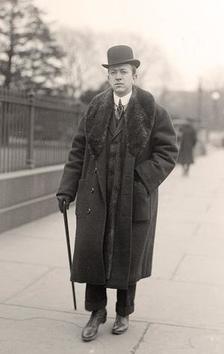 George E. Burnap (ca. 1914) George E. Burnap (ca. 1914) The park, and surrounding layout for housing development and street design was created by a renowned landscape architect George Elberton Burnap (1885-1938). The Cultural Landscape Foundation offers the following biography on Mr. Burnap: Born in Hopkinton, Massachusetts, Burnap studied architecture and landscape architecture at the Massachusetts Institute of Technology (MIT), Cornell, and, later, at the University of Paris. He served as landscape architect for the Office of Public Buildings and Grounds in Washington, D.C. and was involved in the design and redesign of many of the District’s most celebrated public spaces, including the Tidal Basin, with its flowering cherry trees, and both Montrose and Meridian Hill Parks. He also designed parks and park systems in Missouri, Nebraska, New York, Maryland, Virginia, and South Carolina. A lecturer on civic design at MIT, University of Pennsylvania, and University of Illinois, Burnap authored Parks: Their Design, Equipment, and Use in 1916. Burnap likely took the Frederick job in an effort to spend additional time with his sister Grace, who was working at Hood College at the time in the music department. Court Park This important swath of land has been an important meeting ground for over 270 years, dating back to the county’s founding in 1748. As the courthouse lawn, it once was surrounded by an iron fence, that is said to have helped corral pigs and other livestock. The citizenry begged for its removal in the around the turn of the 20th century, allowing for the public to enjoy the grounds more fully. Court Park has become is today more commonly as Court House Square (or Court Square). In 1919, much discussion revolved around the removal of the decorative iron fountain located in front of the Courthouse front steps. This was a gift from resident James C. Clarke, a longtime railroad executive and namesake of Clarke Place on the city’s south side. Some wanted the iron fountain moved so a World War I monument/memorial could be put in its place. A change of mind came about, and so did a parcel of property two blocks away on the northeast corner of 2nd and Bentz streets. This would become the home for the war monument entitled “Victory.” The space would earn the name Memorial Park. 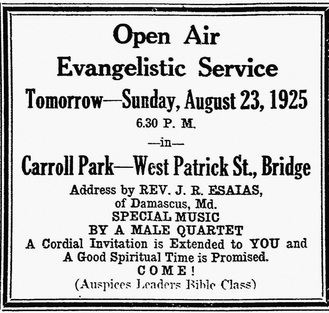 Carroll Park This was the original, “old school” portion of the Carroll Creek Linear Park. In 1907, Frederick alderman, and successful downtown merchant, David Lowenstein suggested putting a monument in the vicinity of where the Barbara Fritchie house had once stood. The legendary home had been partially destroyed in the Great Flood of 1868, and subsequently removed completely a short time later in an effort to widen the creek. Alderman Lowenstein went one step further by suggesting that a park be built on the west side of Carroll Creek surrounding Riehl’s Spring. This would become known as Carroll Park, a frequent scene of band concerts, camp meetings and unruly teenagers. Tourist Park Another park of note was located a few blocks west on West Patrick Street. This was the Tourists Park, an auto camp project of the Maryland State Roads Commission, and one of eight located on the National Road. Others existed in Elkridge, Cooksville, Conococheague, Hancock, Bellgrove, Frostburg and Negro Mountain. Supplied with all the conveniences a traveler may need, these places were practically small economy cabins in the same vein as the recently departed “Camp Cozy” in Thurmont. They were the forerunners of campgrounds (ala Jellystone Park) before the era of tow-able trailers and campers. Frederick’s tourist camp officially opened around 1922. This lasted for over a decade and would eventually become known by took the name of the Barbara Fritchie Motel and Tourist Cabins. John “Dutch” Faust from Pittsburgh operated this business for several years. Today this area is the home of the Way Station. 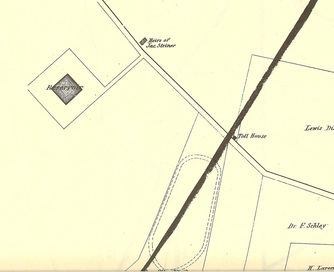 Reservoir (off W. 7th Street) as pictured in the 1873 Titus Atlas Reservoir (off W. 7th Street) as pictured in the 1873 Titus Atlas Reservoir Park An impressive municipal structure was completed in 1845—the City of Frederick’s reservoir works and grounds. Construction began in 1844 and the $90,000 project served as a better means to handle the growing town’s water needs. This municipal godsend replaced the former system of water connection stretching out to Catoctin Mountain, northwest of the city in the vicinity of Yellow Springs where wooden pipes carried water from an artesian well to a reservoir. The “new reservoir” was located at a place that would one day become the north end of Culler Avenue, just below West 7th street. The town “water-works” would be rebuilt in 1895 in the same location, but with a new capacity of 8 million gallons. An ornamental statue (of a woman with upraised cup in hand), was a hallmark at the reservoir. With the 1890’s renovation, the statue was converted into a showering fountain. When the 7th Street reservoir was rendered unnecessary due to advanced technology in municipal water supply, it became a recreational park. Today, you can still see remains of the reservoir’s retaining walls while visiting Max Kehne Park on West 7th Street. East Frederick Little League has their baseball field within the footprint of the old water source. 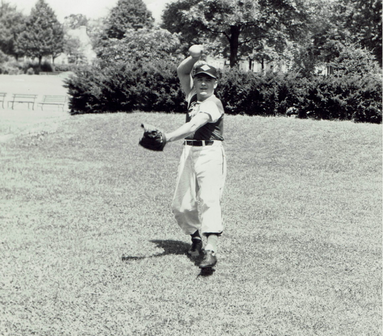 Pitching ace Max Kehne (ca.1947) Pitching ace Max Kehne (ca.1947) Fittingly, this park’s namesake, Max Kehne, was a standout ballplayer himself. His play as a youth gained him great accolades, and this would continue into adulthood. He was known best for his softball pitching. He was involved in leadership roles in a number of local activities including President of the Maryland Baseball Association and President of the Frederick Touchdown Club. After many years, Max Kehne entered politics and won election as a Frederick City Alderman in 1969. Sadly, Max Kehne died at age 45, the victim of a drunk driver on April 19th 1973, as he was traveling back to Frederick on I-70. Max Kehne Memorial Park was dedicated to this special man and athlete on May 22nd, 1977, four years after his death. His namesake park is adorned with a softball diamond as well. 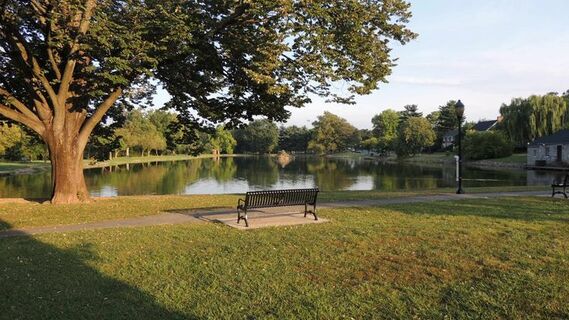 I have had the good fortune of working for some great employers over the past 26 years. Best of all, I have spent my entire “working career” in the municipal boundaries of Frederick City. I am equally grateful for extremely limited commutes over the years, being one in the minority lucky enough to work within minutes of my home, which is conveniently located northwest of our historic downtown near Fort Detrick. Both my parents suffered through long daily commutes to their respective employers in Bethesda and Silver Spring (MD). In stark contrast, my drive to work is stress-free. Instead of taking US70 to Baltimore, or sitting in bumper to bumper traffic en-route to Washington (DC) via I-270, my drive occasionally takes me on “busy” thoroughfares such as Rosemont Ave, Market Street and the “expressway-esque” Bentz Street—at least in a southerly direction. Important landmarks that dot my way range from Schifferstadt, Baker Park , the Carroll Creek master conduit and that mystifying display window at the southwest corner of West Patrick and Bentz, always creatively decorated for the next major holiday. Instead of the Mormon Tabernacle off the 495 Beltway, I catch scenic glimpses of our famed “Clustered Spires.” Of course, this passage is not to rub it in, as I truly have empathy for the tens of thousands of my Frederick County brethren that have to make that hour plus sojourn twice a day. I sincerely salute all of you. But I do have to say that I have actually felt a fraction of your “commuting pain” from time to time. This downside stems from the occasional delay caused by waterfowl crossing against traffic on W. Second Street, adjacent Culler Lake. Speaking of this latter phenomenon later, my commutes of late have been “duck-free” due to the major renovation project going on at Culler Lake. However, I have been slowed in this vicinity just the same by my inherent desire to rubber-neck in an effort to see the progress on the lake efforts. It’s truly a changed landscape at present, and one that is sure to capture the imagination of Fredericktonians young and old. As for the park itself, it has quite an interesting history that dates back nearly 100 years. The whole plan started as a call was made for a memorial park to honor the local boys who sacrificed the lives for our freedoms in World War I. The former German Reformed Church burying ground, adjacent the junction of Bentz and W. Second Street, was secured. However, a much bigger parcel was desired, one that could provide recreational opportunities for city residents while holding the moniker of Memorial Park in the same vain as Frederick’s aptly named Memorial Hospital some years before. This became quite a big deal and controversial issue in the spring of 1920 as local businessmen, politicians and residents were split over the decision to go after state bonds to the tune of $50,000 to complete the park which was estimated to cost $90,000. The bond request was denied by the General Assembly, but the project creeped forward under private advancement. Enter Joseph Dill Baker and his wife, who purchased two pivotal farm properties west of Bentz Street and selflessly donated them to the cause. It’s interesting to see a connection to the Frederick of today, with the current political debate over funding for a Downtown Conference Center for Frederick. As this has the potential to be a slam-dunk plus for local tourism and business, such was the case with the creation of a municipal park nearly 100 years ago. The local newspapers of the 1920’s are riddled with advertisements and testimonials for Potts & Griffin’s “College Park,” the hottest residential endeavor to ever hit Frederick City. This was part of a major annexation northwest of “old downtown,” where a suburban residential oasis was being created west of Rockwell Terrace. More than a conference center's power to attract tourists to come to town and patronize local stores and residents, “the Northwest Addition” (as it was called) had the ability to permanently grow Frederick's population by attracting new residents to town. And how could the "new neighborhood" be any sweeter with the potential of promising buyers a beautiful park space in the near future, built smack dab in the midst of their residential development? Property values would (and did) soar, and everybody involved became a winner. It's no wonder the College Park Company corporation was composed of the brightest business minds in Frederick County. 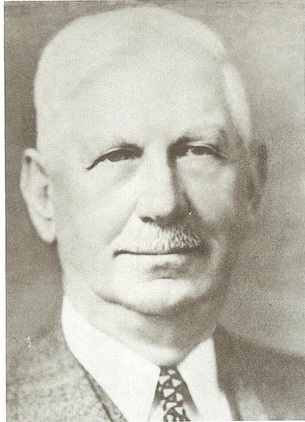 Lloyd C. Culler (1869-1960) Lloyd C. Culler (1869-1960) Municipal Park, as it was originally called, officially opened on June 23, 1927 amidst tremendous fanfare. Within two month’s time, Frederick’s mayor would have the recreational area’s name changed to Baker Park in an effort to appropriately thank the pivotal benefactors—Mr. and Mrs. Baker. This was a gentleman named Lloyd C. Culler. Culler grew up in the Feagaville area and initially worked on the family farm before opening his own construction business which would become one of the busiest contract building firms in Frederick history. He was a close friend of Mr. Baker, and his company surely benefitted from this relationship for Baker was a powerful businessman, banker and philanthropic legend which gained him of the title: "Frederick's First Citizen." Culler also knew the ins and outs of politics, serving as mayor from 1922-31, and again from 1934-40. Mr. Baker’s Citizen’s National Bank would flourish as well thanks to the residential home loans “College Park” would bring. 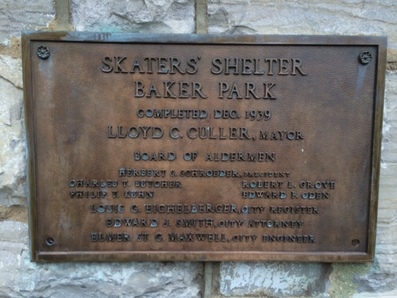 As I said, the new park was an inviting amenity for home buyers, just as it is today. And the addition of a controlled, passive water element in addition to the wily Carroll Creek was an added bonus. This took the form of a man-made lake, whose inspiration came from an existing pond used by the Kidwiler family who owned this parcel before it went to parkland and City. The Kidwilers used the pond for ice production in winter and raising goldfish in summer. Residents in the know had come here for ice skating for years. Now this location was going to provide recreation for all: ice skating in winter and boating/fishing in summer. Construction began in late fall of 1926 through the winter of 1927. A decade later, in the throes of the Great Depression, the Works Progress Administration was contracted to enlarge and deepen the Municipal Pond and stabilize its embankments. On January 7, 1940, the pond would be named Culler Lake in honor of the longtime mayor and dedicated public servant who along with Joseph D. Baker, made the park a reality. Coincidentally, the hard-working Chairman of the Municipal Park Project would also have his name memorialized, but not herein this park. This was local miller, outdoorsman and outspoken conservationist James H. Gambrill. His namesake park had been unveiled in 1934. Culler Lake has two trademark features: the Skater’s Shelter (commonly called the Boat House) and the fountain within. This week, you won't find the main ingredient of Culler Lake, that being H20. The water has been completely drained so construction crews can do their job which includes extensive dredging of the lake bottom and “shoring up” the shoreline. This is difficult, dirty work, as new landscaping elements and ornamentation will come later. As I snapped a few pictures the other morning, I marveled as a bulldozer almost appeared to be sucked into the mud and muck. I started thinking about the chemical composition of that lake bottom and quickly recalled the signs pleading visitors not to feed the ducks. Regardless, a fowl thought, and equally fowl part of this exciting renovation for those employees of Morgan-Keller, contractor for the project. 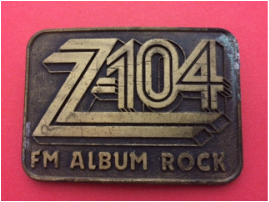 Vintage Z104 belt buckle (ca. 1982)from the author's personal collection Vintage Z104 belt buckle (ca. 1982)from the author's personal collection I couldn't help to flash back to my childhood and my most memorable times at Culler Lake. Although revived recently, the bathtub races of the early 80's were quite a hometown event. Radio station Z104 (aka WZYQ) was instigator and host to the annual revelry which included plenty of “Hit-Crankin', Hot Rockin’ music," and legendary deejay Kemosabi Joe (who I am proud to have as a FaceBook friend, and more so, was a childhood icon of mine turned real-life co-worker for my first ever job at Skatehaven Roller Rink (1984-85) as a deejay. In recent years, archeologists have found a myriad of artifacts on the grounds of Schifferstadt Architectural Museum. These represent an interesting cross section of Frederick City’s 270+ year history and beyond going back thousands of years with Native American finds such as spear points and pottery shards. I wonder if any of the Culler Lake construction crew will find a Kidwiler family heirloom, stray ice skate, or the hull of an ill-fated bathtub from yesteryear? At the very least a coveted Z104 belt buckle? One can only hope as they are all lost treasures of Frederick’s glorious past. Thanks to renovation projects like this, and those who have led the charge and others who have donated the funds to perform them, Frederick will have an equally glorious future. Those damn ducks better appreciate all the work that is being done to improve their glorious W. Second Street home. |
AuthorChris Haugh Archives
February 2024
Categories |
Proudly powered by Weebly

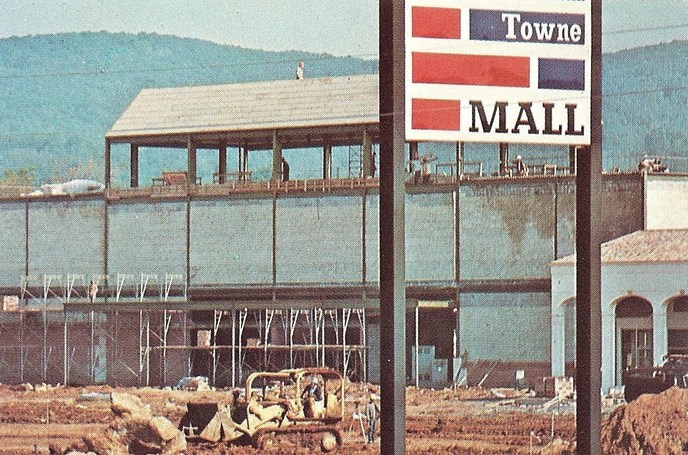
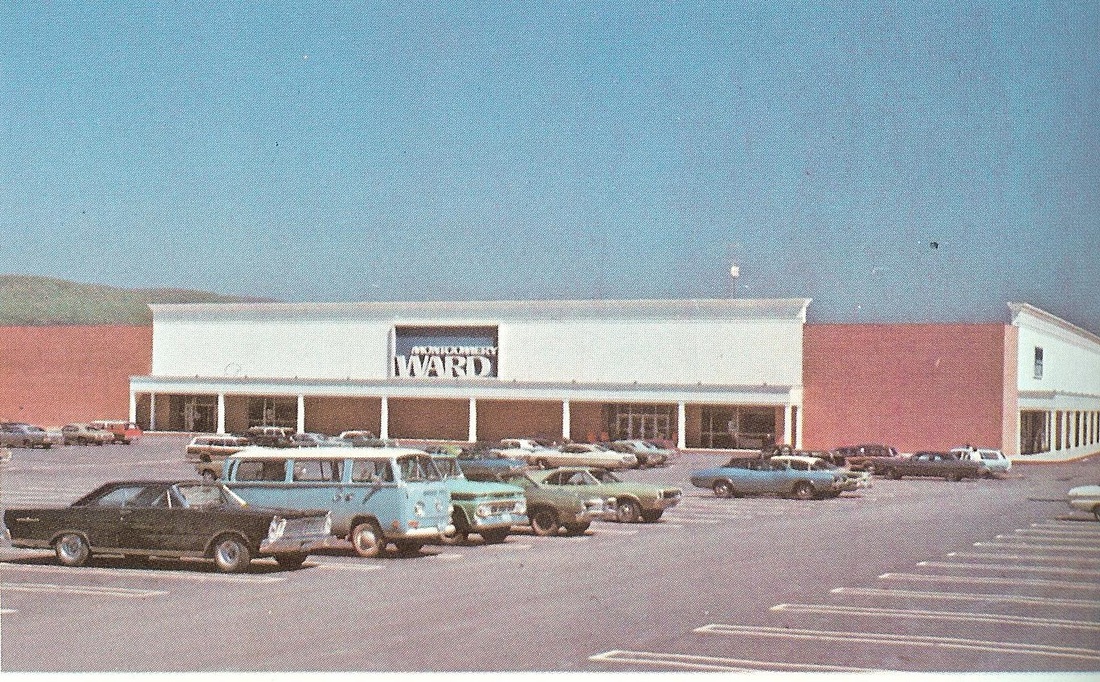
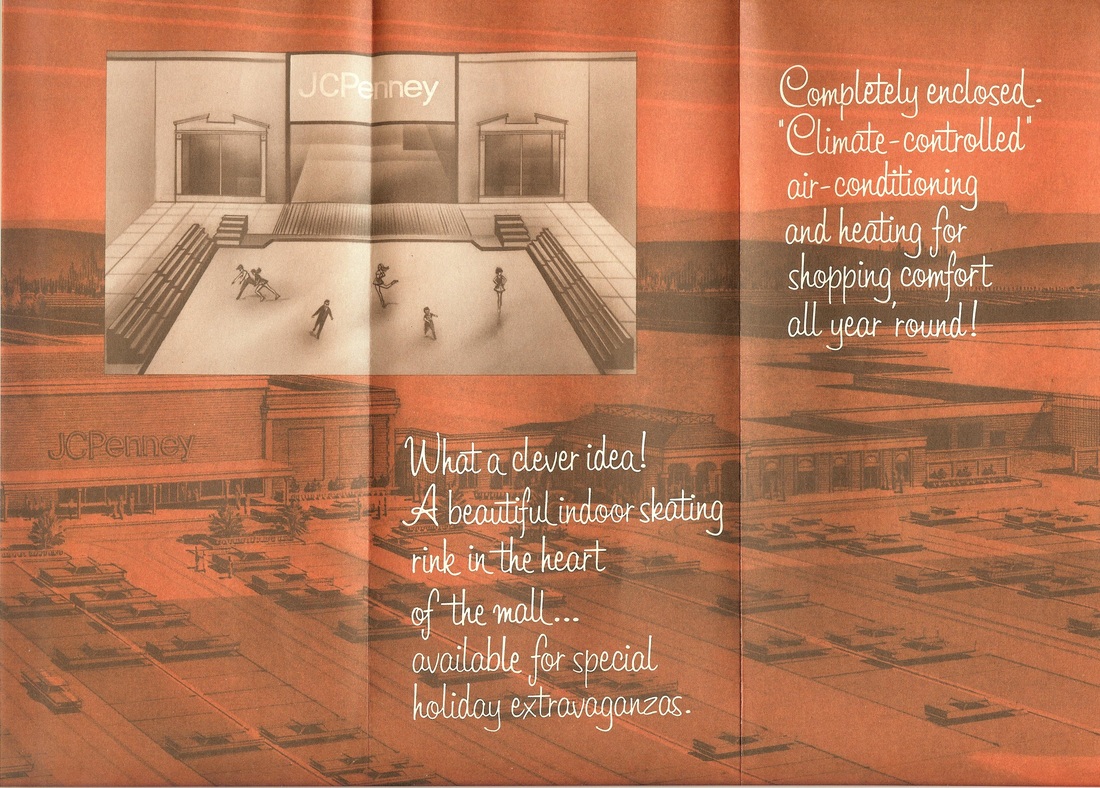
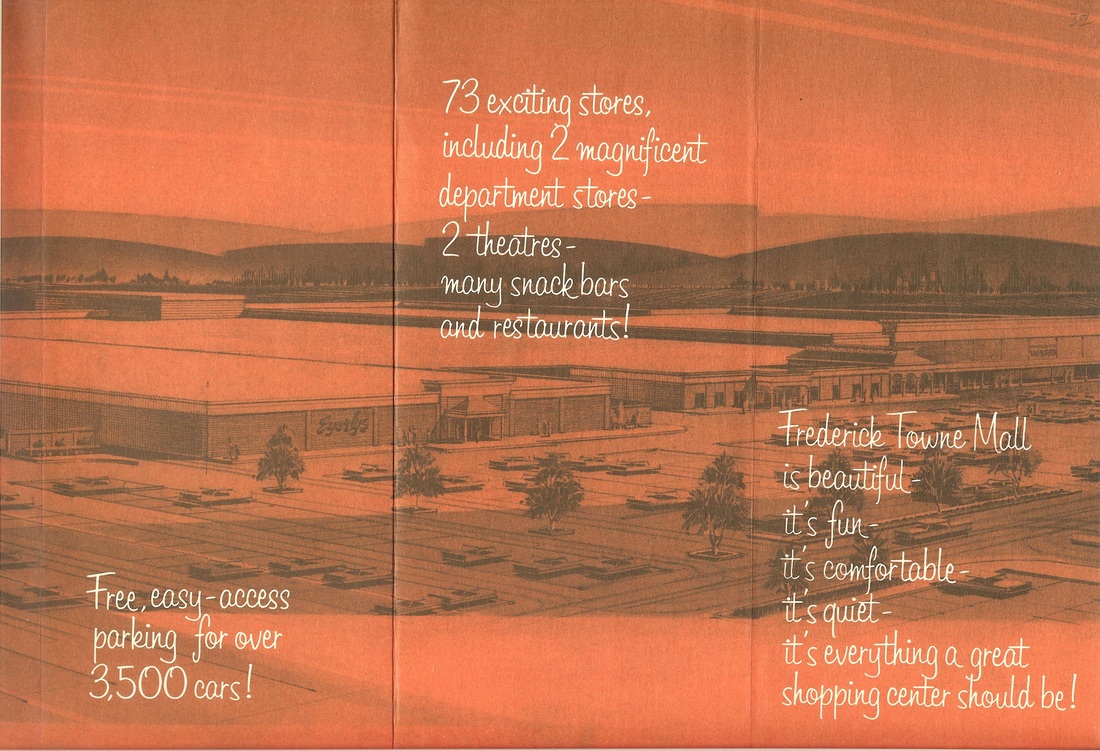
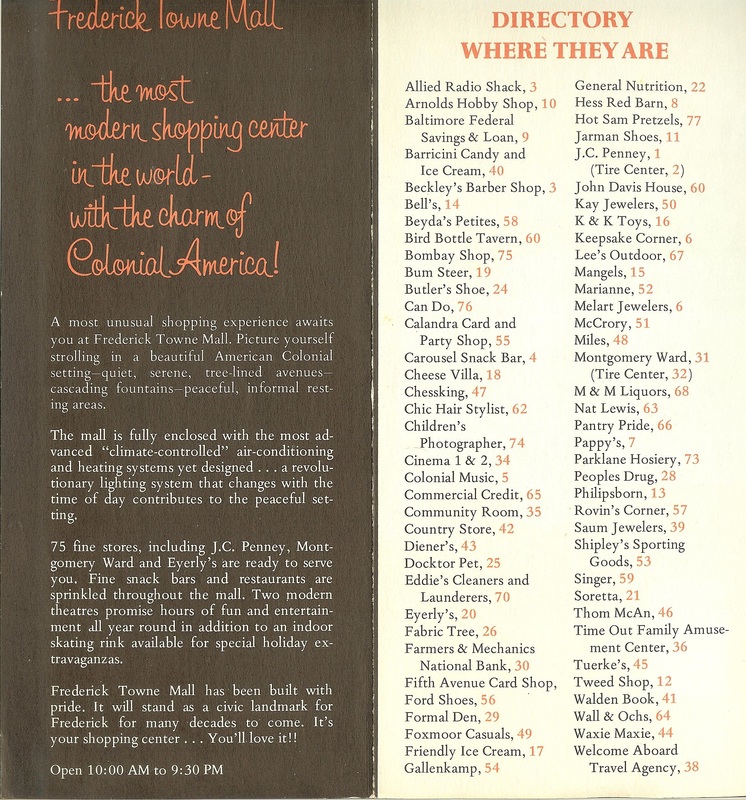
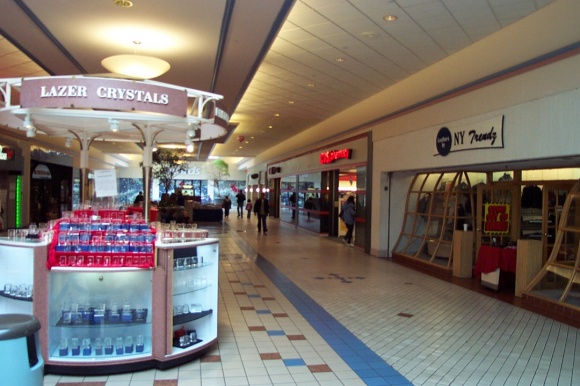
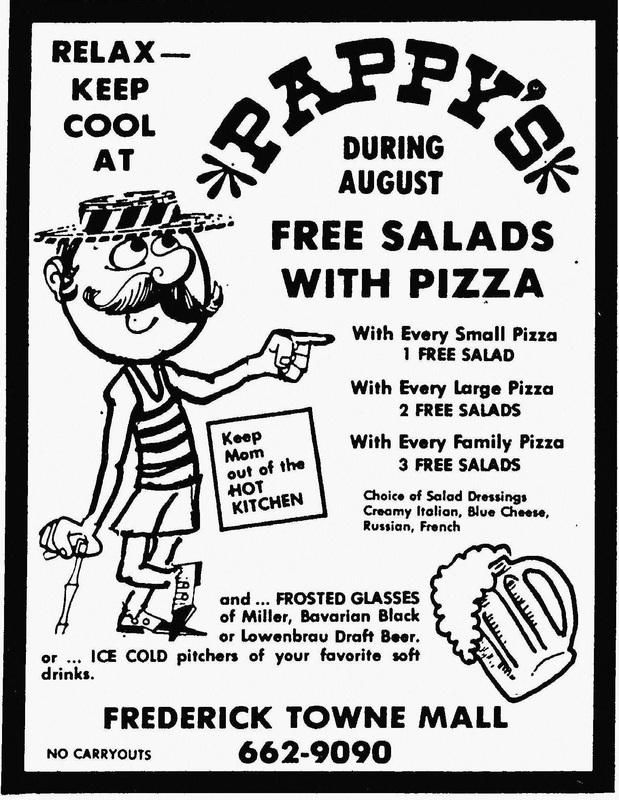
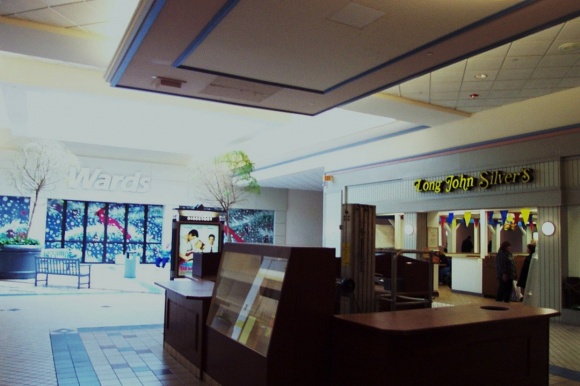
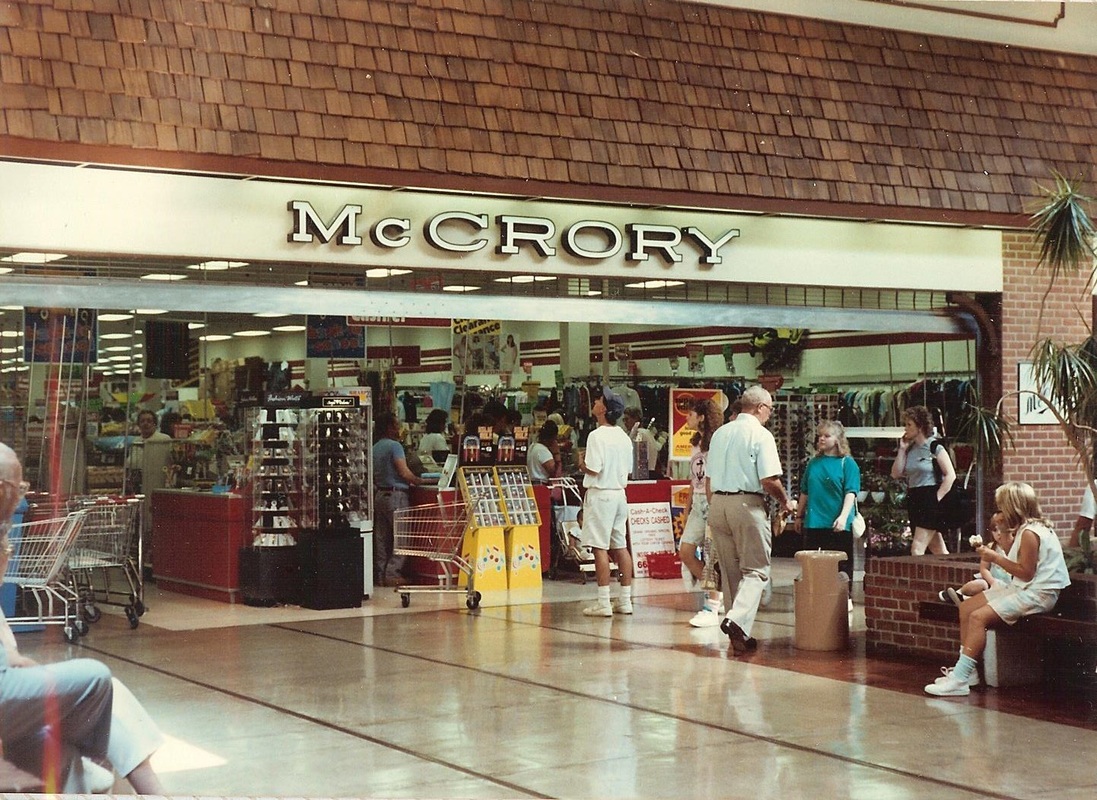
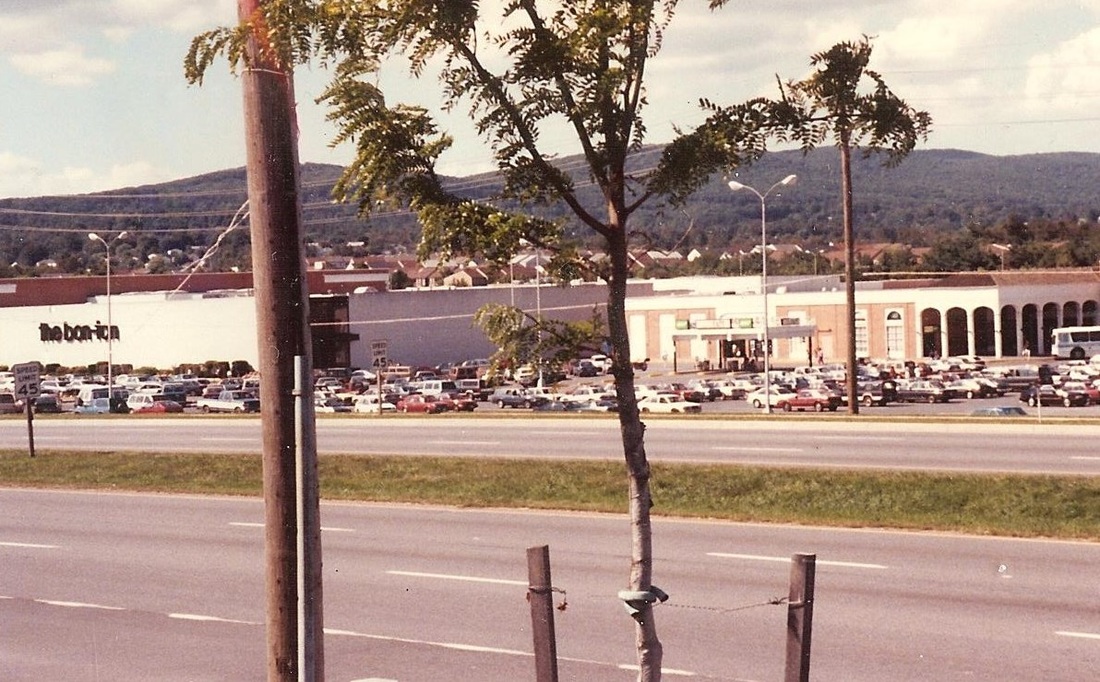
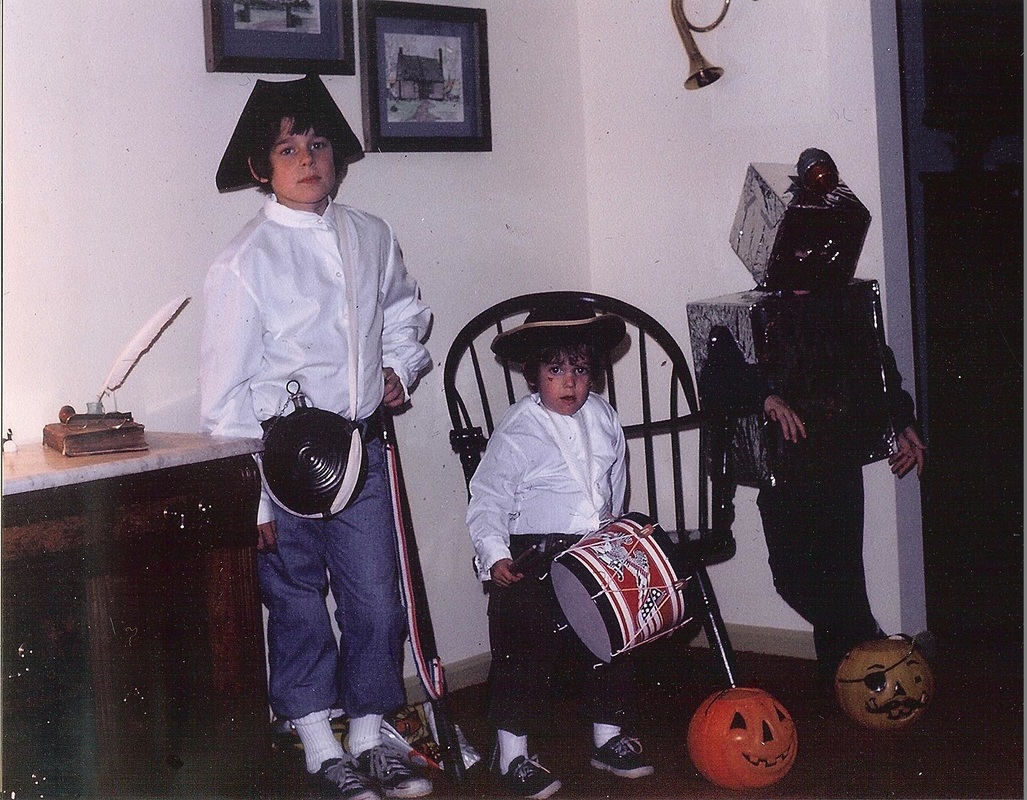
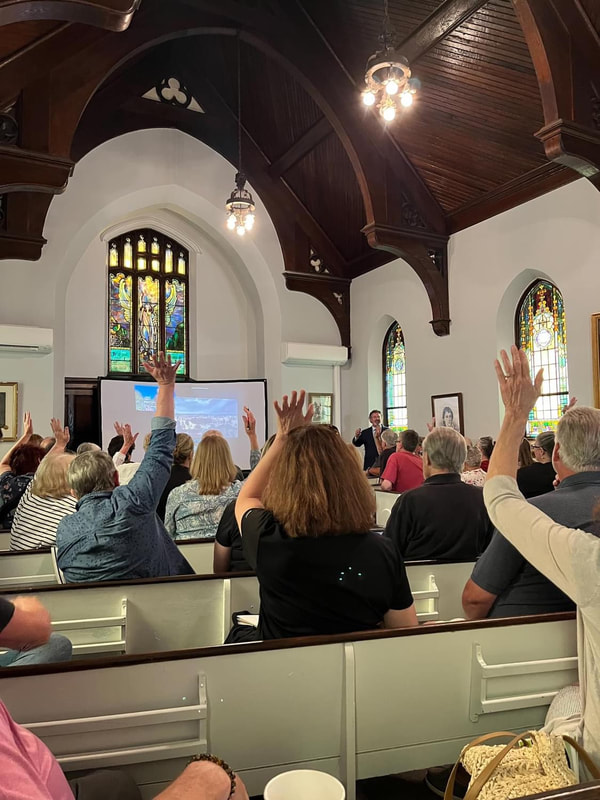
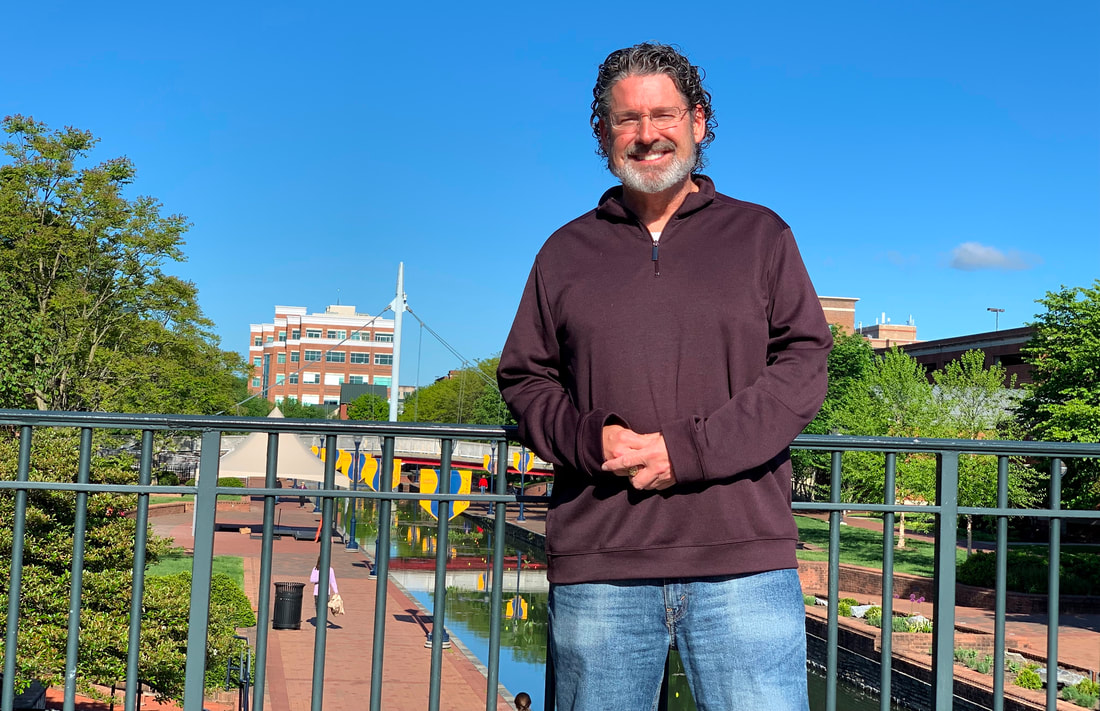
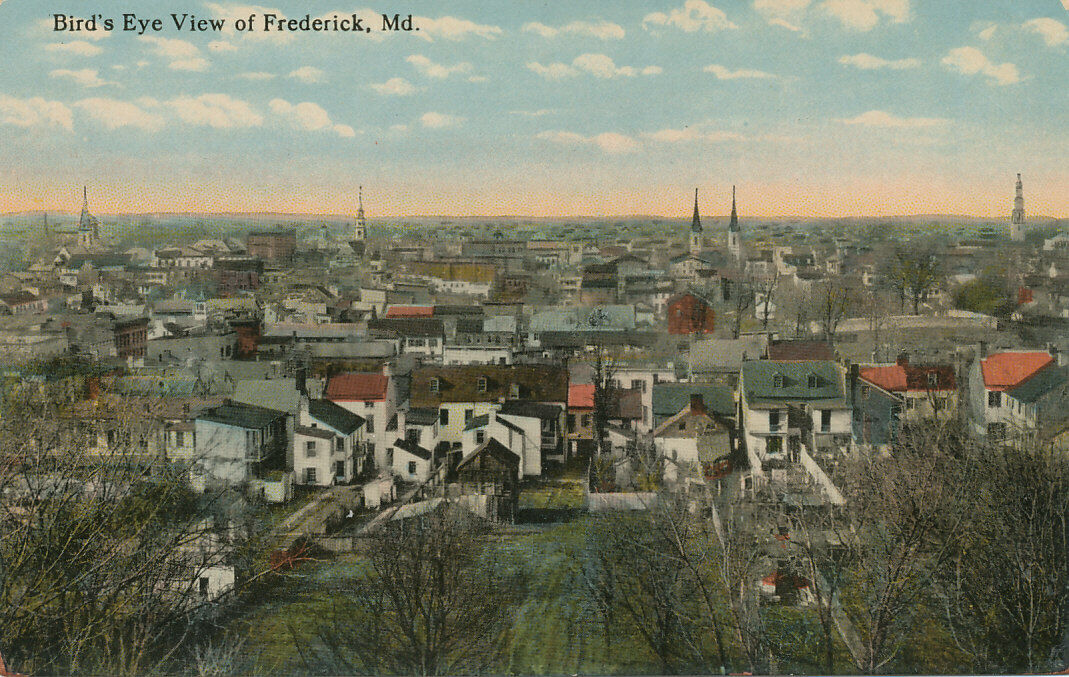
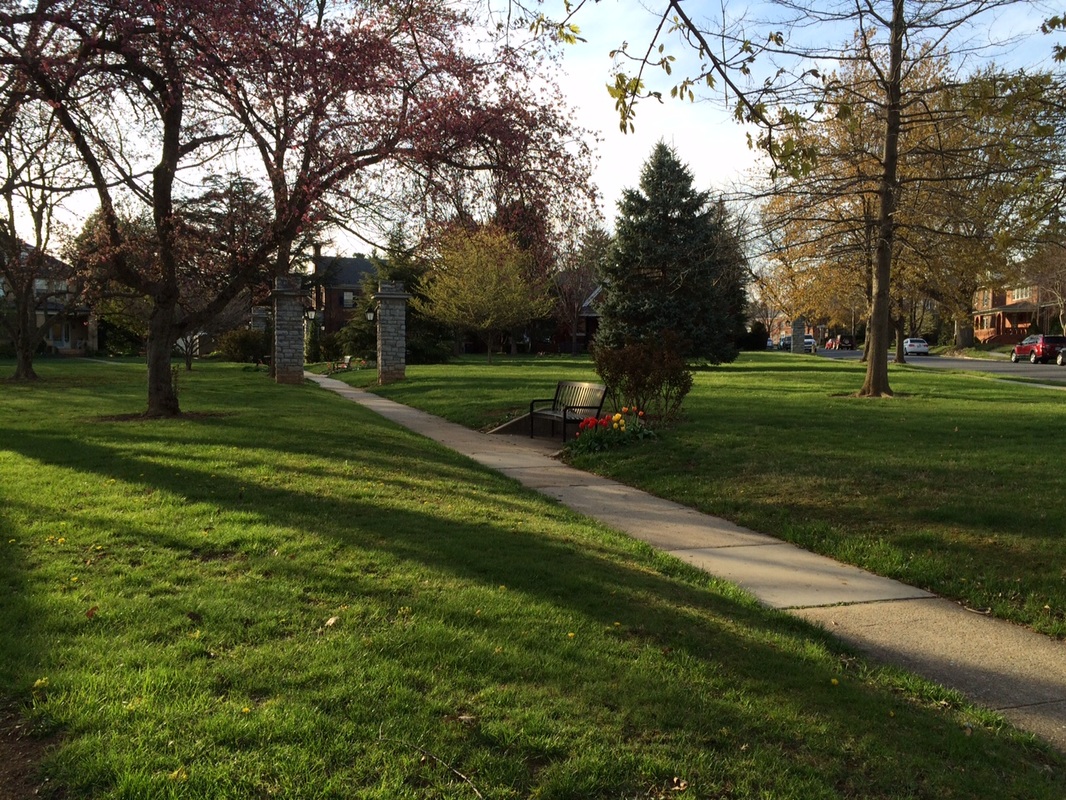
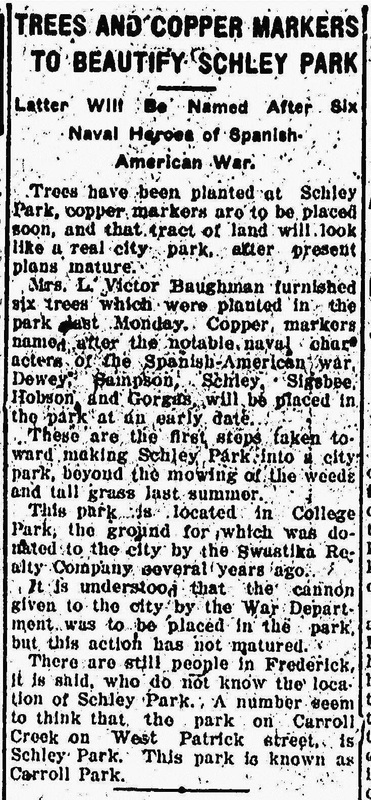
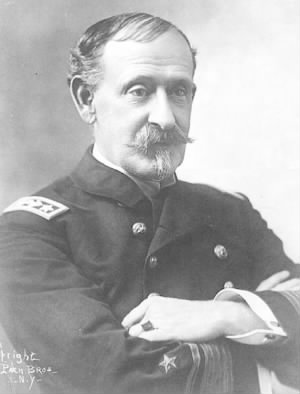
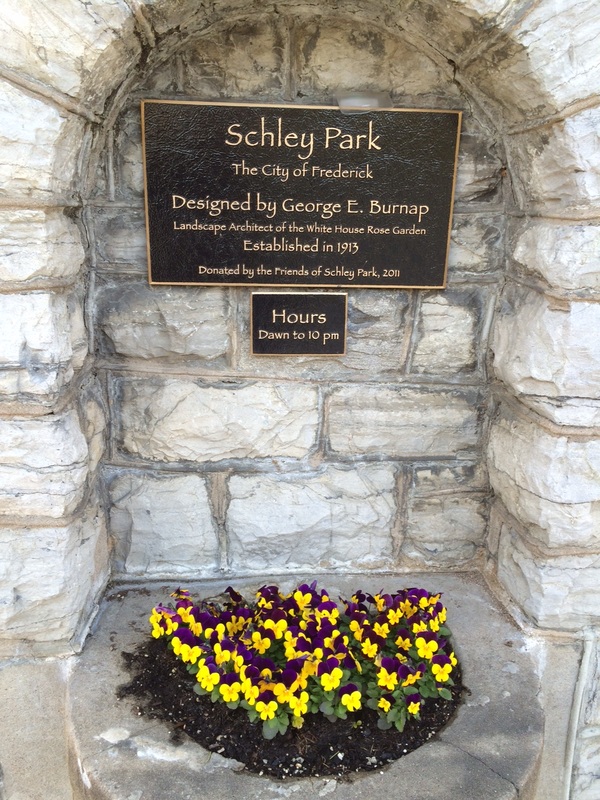
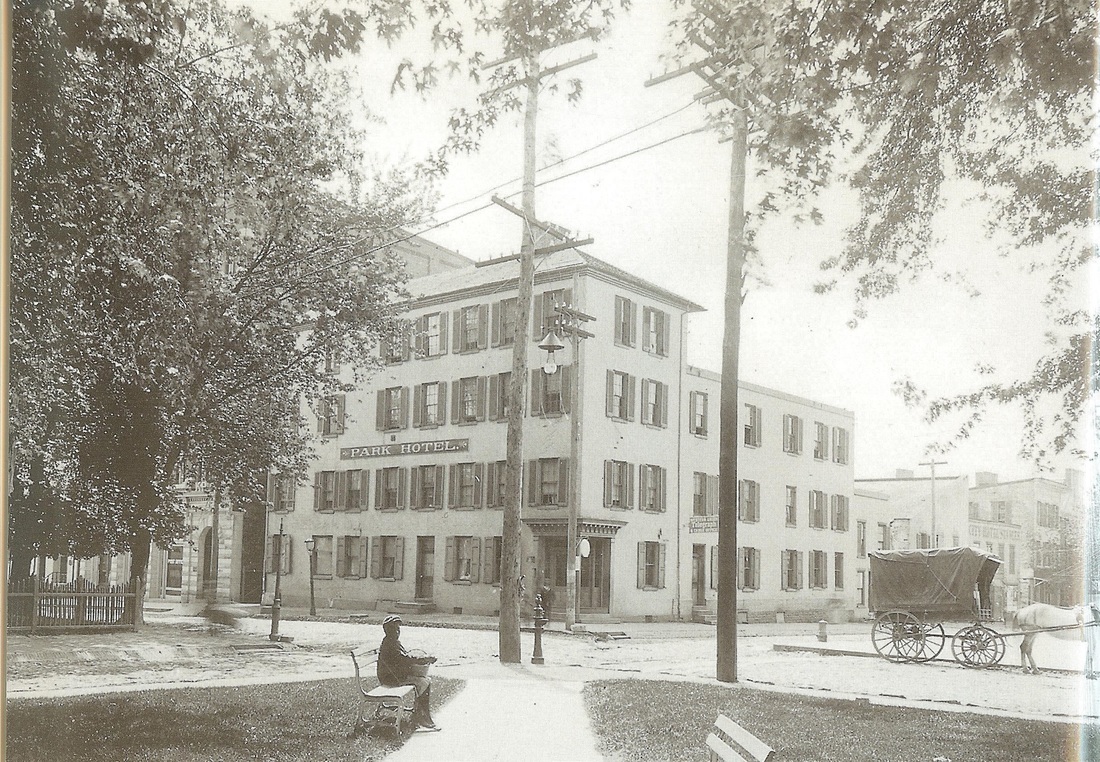
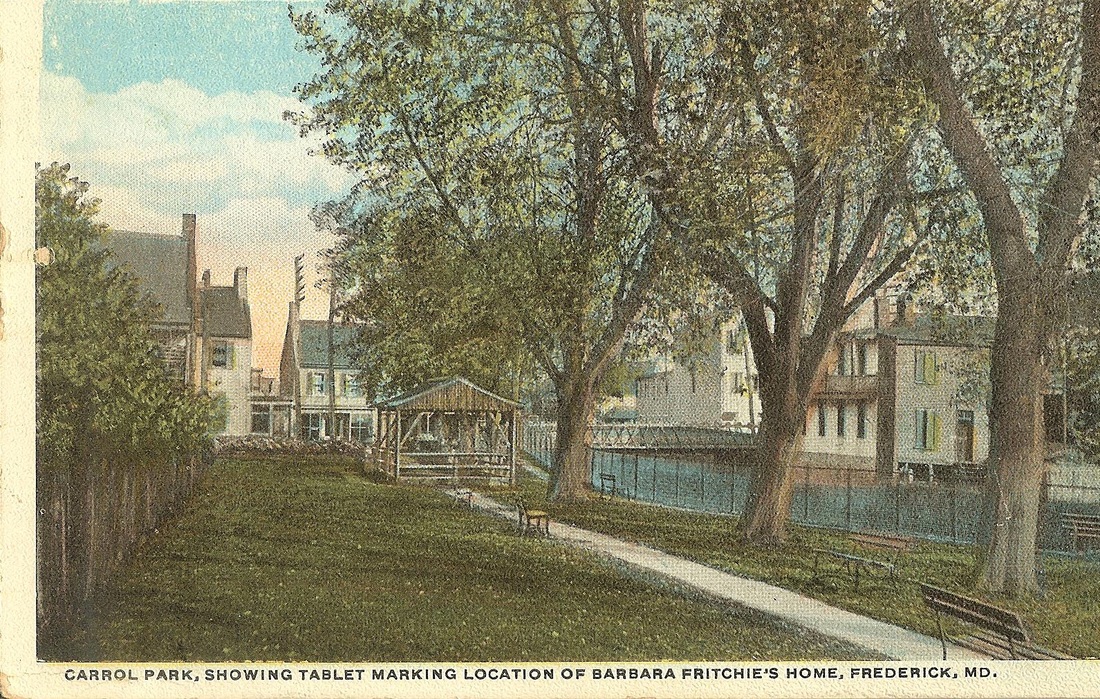
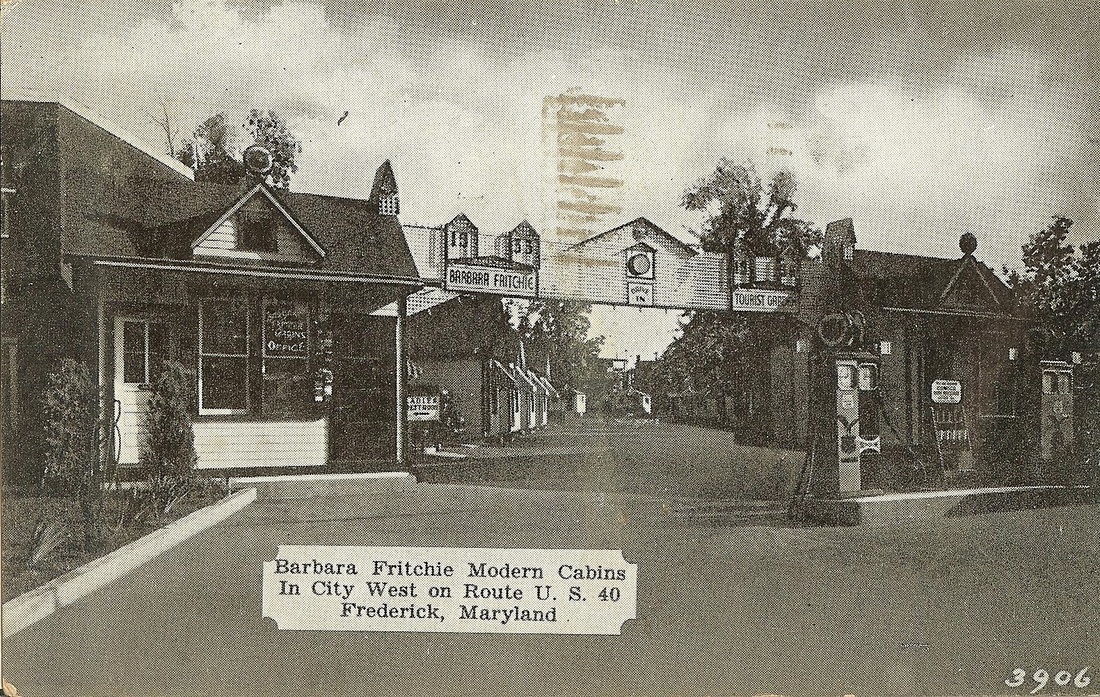
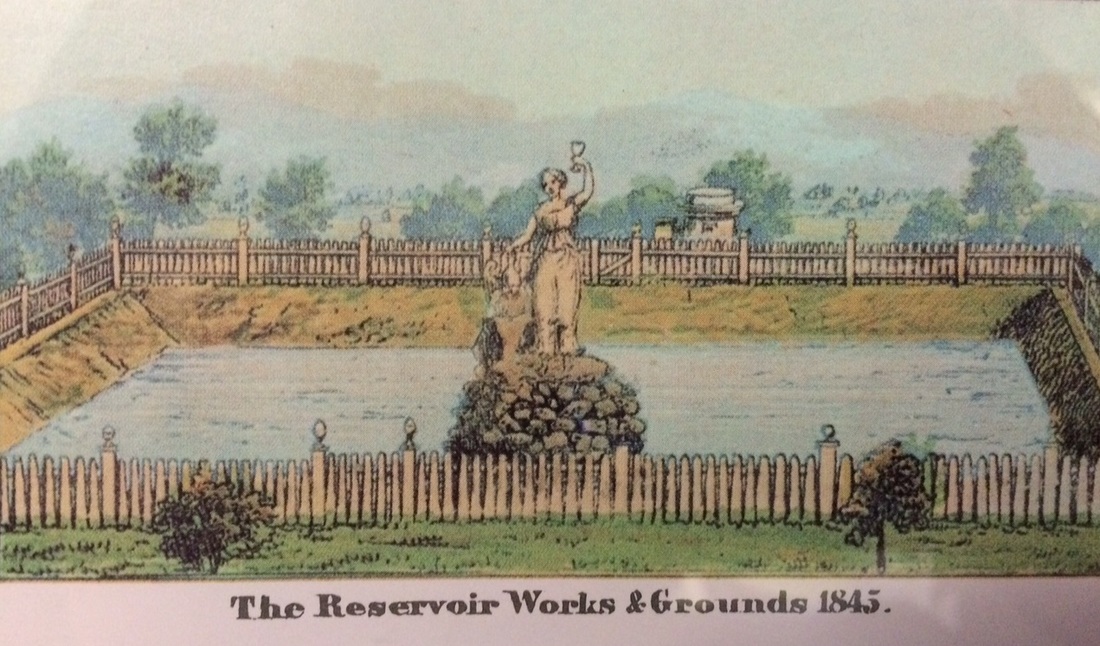
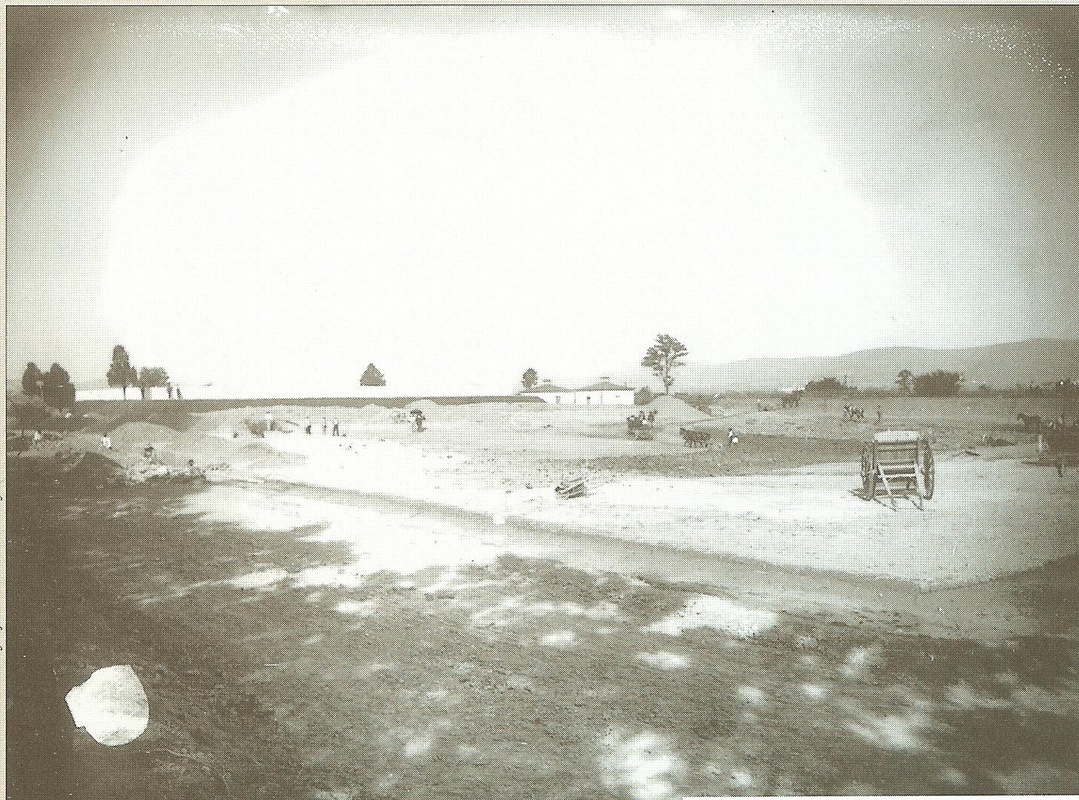
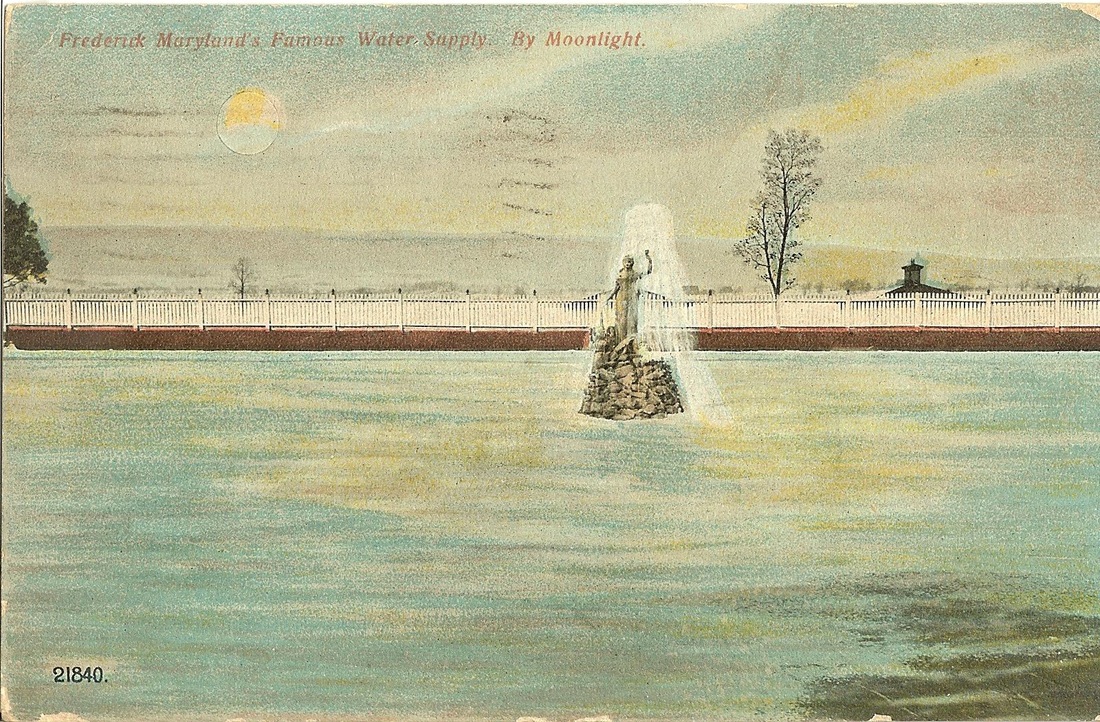
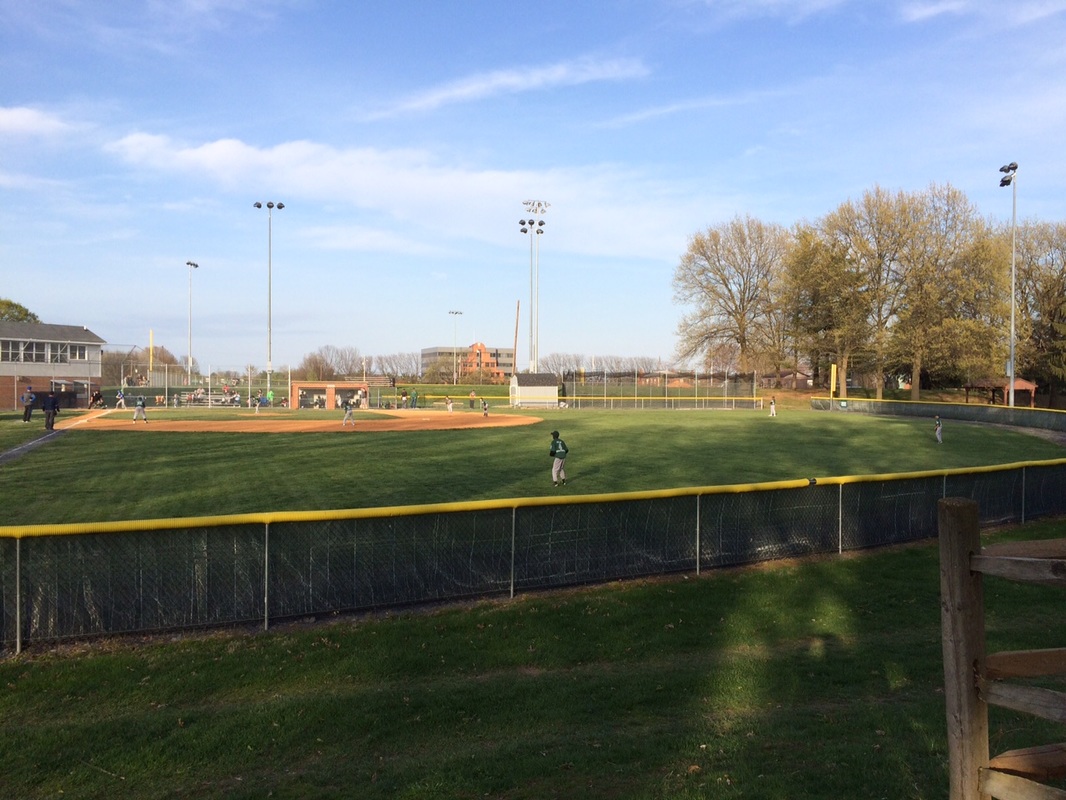
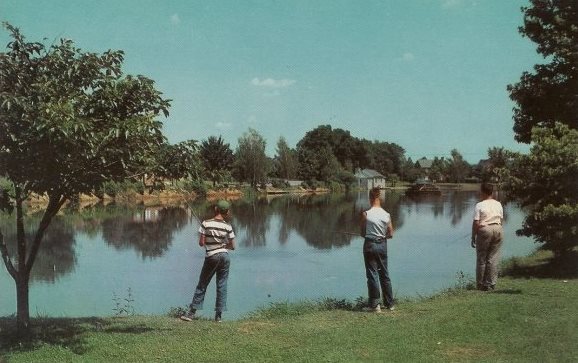
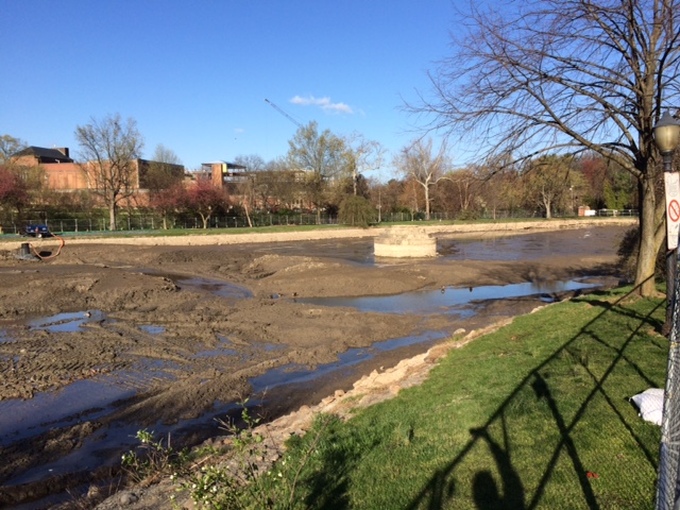

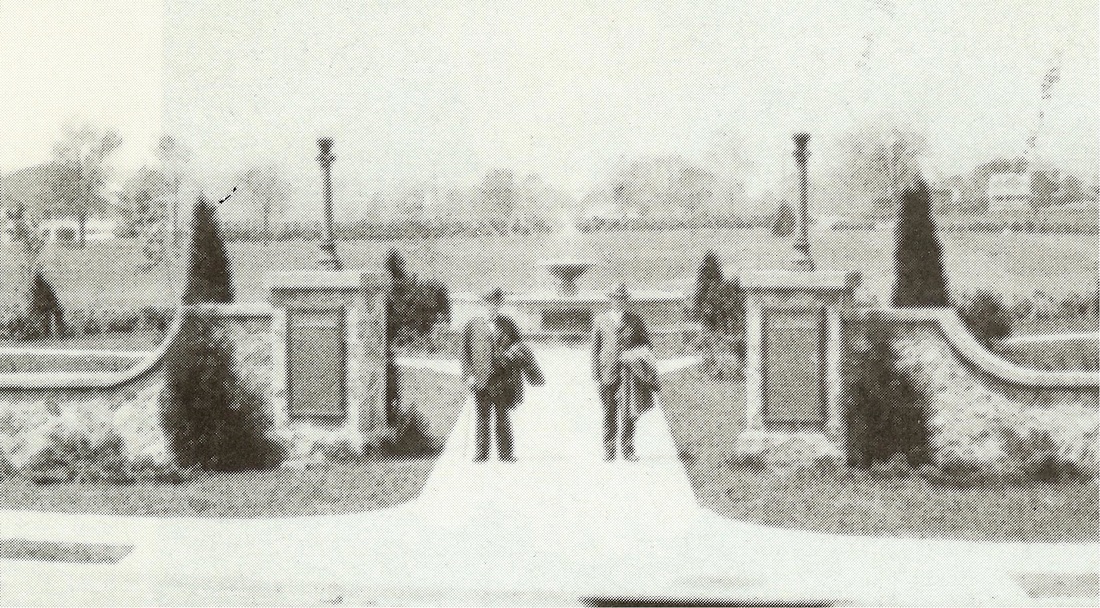
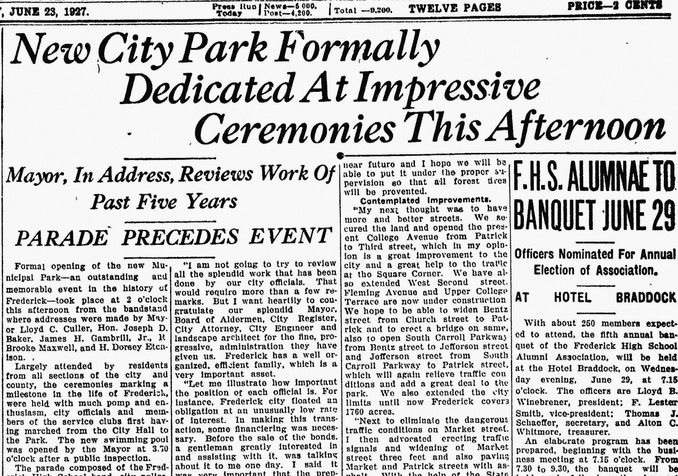
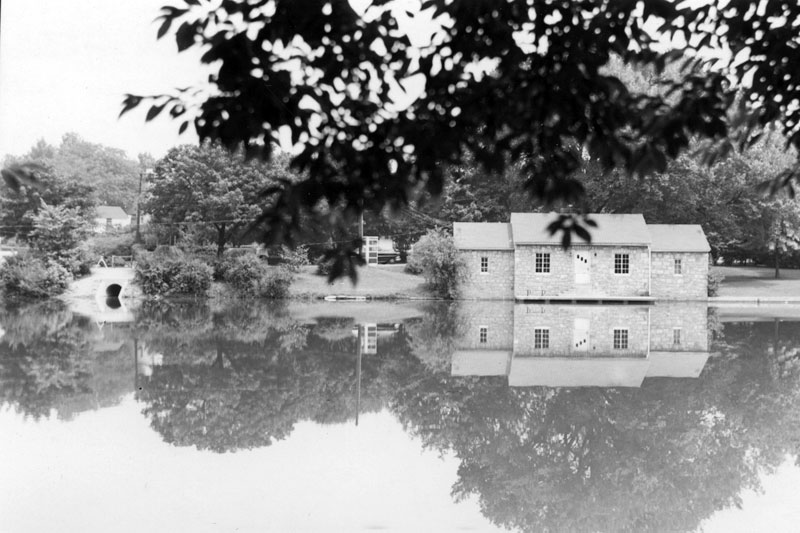
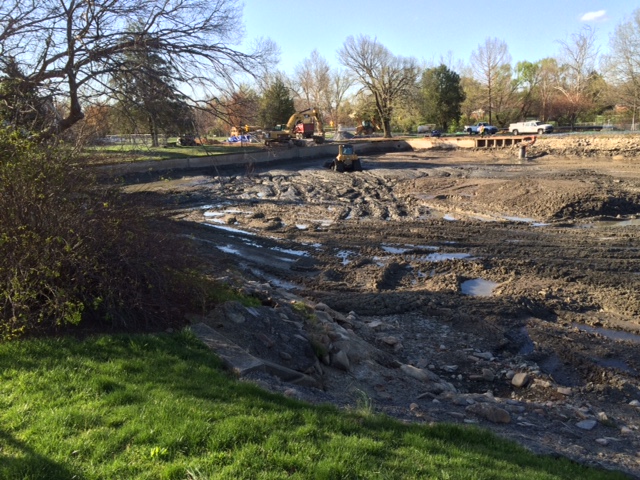
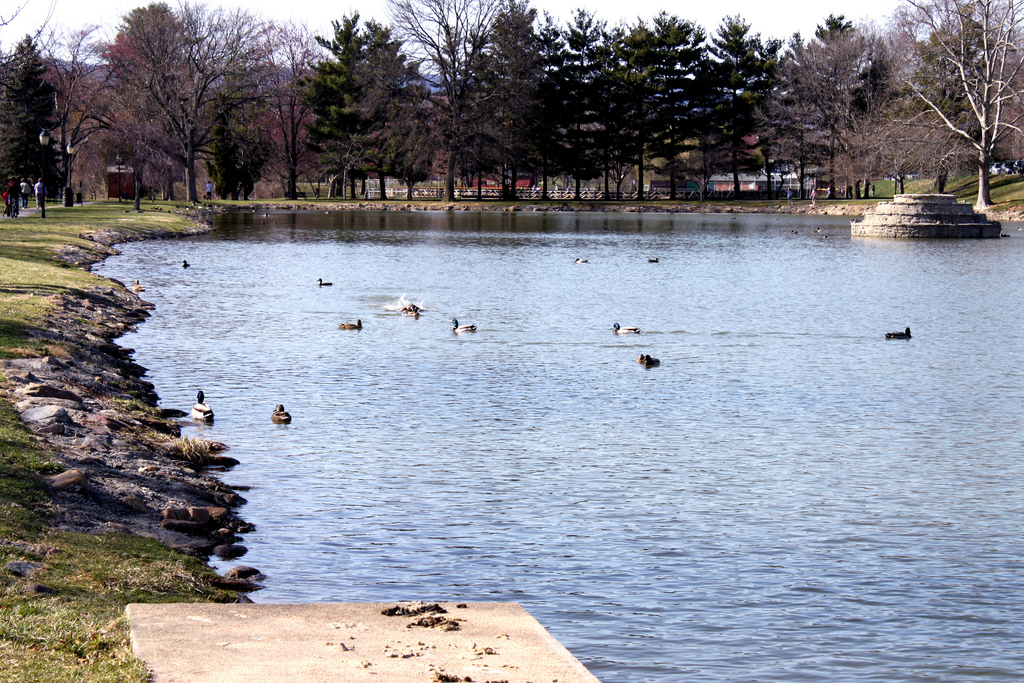
 RSS Feed
RSS Feed